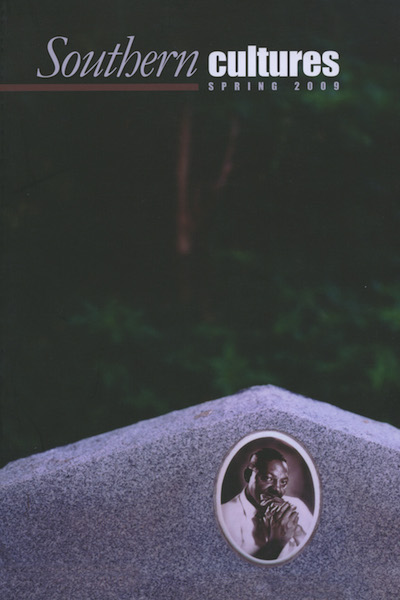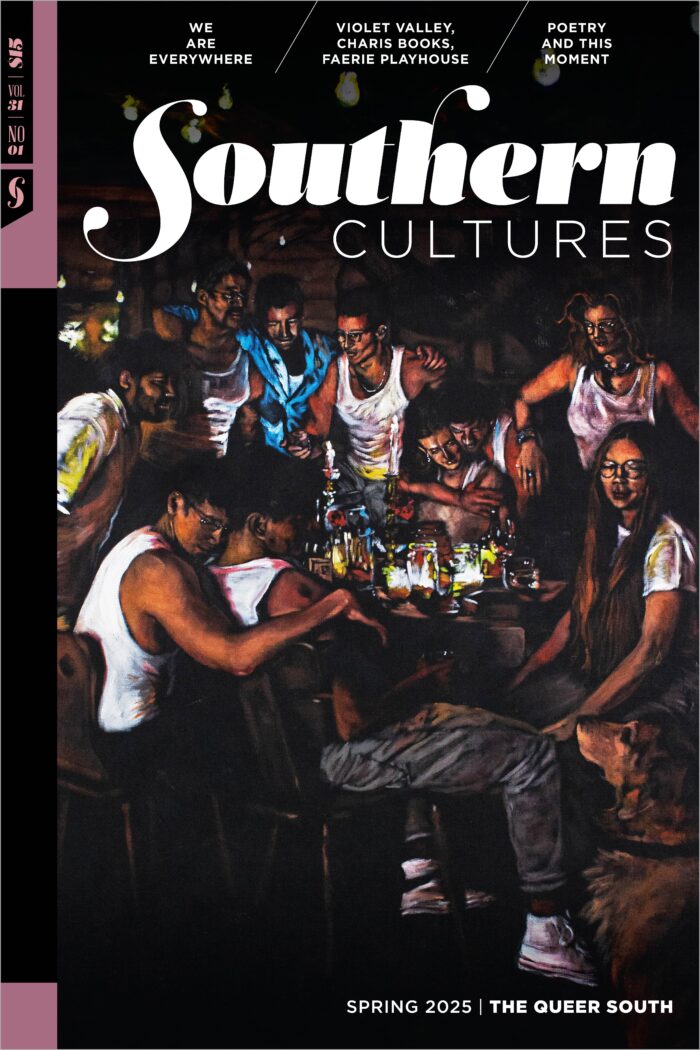“In 1937, the English novelist Aldous Huxley was traveling through North Carolina by auto one hot summer day. He described ‘a pleasant but unexciting land’ when ‘all of a sudden, astonishingly, a whole city of gray Gothic stone emerged from the warm pine forest.'”
In 1937, a distinguished visitor touring the United States, the English novelist Aldous Huxley, was traveling through North Carolina by auto one hot summer day. He described “a pleasant but unexciting land” when “all of a sudden, astonishingly, a whole city of gray Gothic stone emerged from the warm pine forest.” He was thrilled by the “academic city” with the dominating “leaping tower” of the huge cathedral and the “spreading succession of quadrangles.” He called the campus “genuinely beautiful, the most successful essay in neo-Gothic that I know.” Huxley, like generations of succeeding travelers, had come upon the campus of Duke University. Like most visitors through the years, Huxley was unaware that the dramatic new campus had been designed by the architectural firm of Horace Trumbauer of Philadelphia, where Julian F. Abele, an African American, was chief designer.


